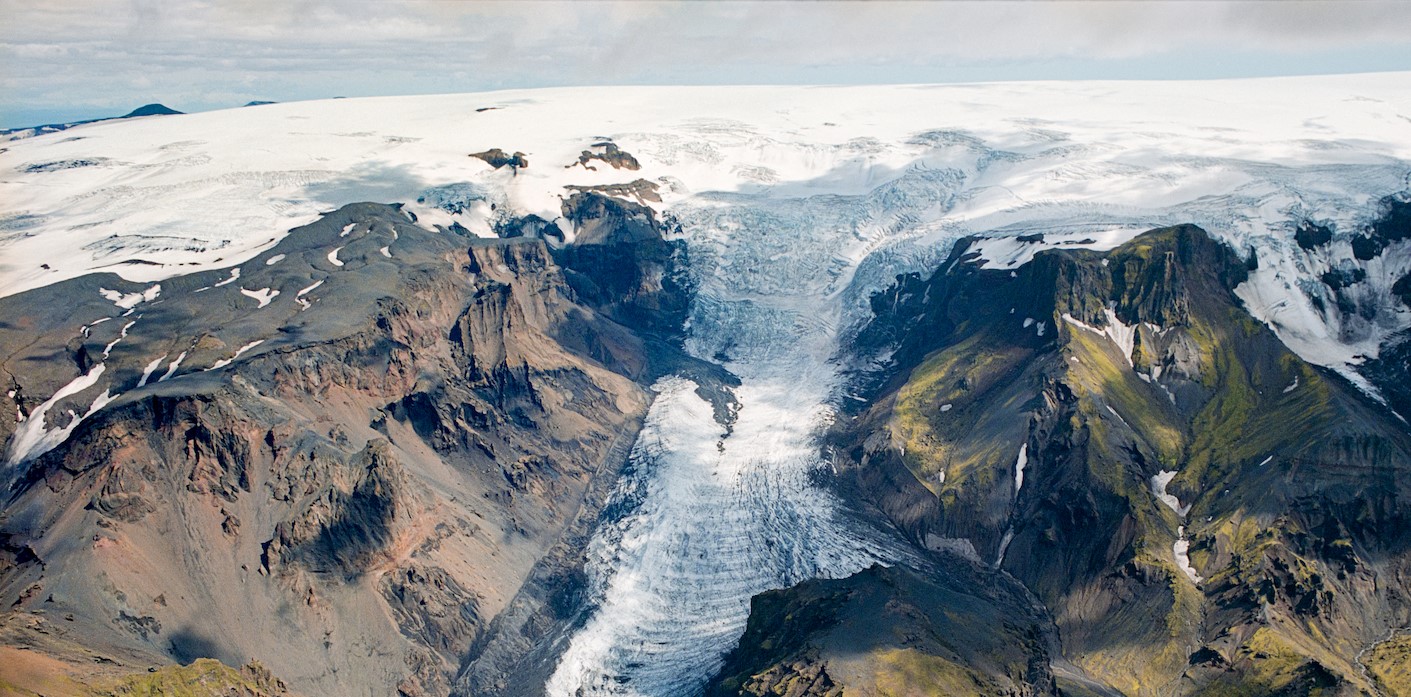
The cryosphere, encompassing the frozen parts of the Earth and other celestial bodies, is a fascinating field of study that provides valuable insights into the history and dynamics of our planet and beyond. While we often think of the Earth’s polar ice caps when we hear the term “cryosphere,” the icy landscapes of other planets and moons also hold their fair share of surprises.
In this article, we will explore 10 surprising facts about the planetary cryosphere. From hidden lakes on Mars to frozen volcanoes on Io, these intriguing discoveries not only expand our knowledge of the universe but also shed light on the potential for life existing beyond Earth. So, fasten your seatbelts and prepare to embark on a journey through the icy wonders of the cosmos!
Key Takeaways:
- The planetary cryosphere is the frozen water and volatile substances found on planets, moons, and asteroids, and it extends beyond Earth, offering potential insights into extraterrestrial life.
- Cryovolcanism, methane lakes, and icy atmospheres are just a few surprising features of the planetary cryosphere, making it a fascinating area of study for scientists exploring our solar system.
Planetary Cryosphere Definition
The planetary cryosphere refers to the frozen water or other volatile substances found on the surfaces and within the atmospheres of celestial bodies such as planets, moons, and asteroids.
Existence on Various Celestial Bodies
The cryosphere exists on various celestial bodies within our solar system, including the icy moons of Jupiter and Saturn, such as Europa and Enceladus, as well as on Mars, where ice caps and frost-covered terrain have been observed.
Frozen Water Beyond Earth
The cryosphere extends beyond Earth and can be found in the form of frozen water on other planets and moons, making it a vital area of study for scientists exploring the potential for extraterrestrial life.
Glaciers on Mars
Mars is home to glaciers composed of frozen water and carbon dioxide, which are similar in many ways to Earth’s glaciers. Studying these Martian glaciers provides valuable insights into the planet’s climate history.
Cryovolcanism
Cryovolcanism is a unique geological process observed on some icy moons, like Triton and Enceladus, where cryomagma erupts from the subsurface, creating icy plumes and surface features.
Methane Lakes on Titan
Titan, Saturn’s largest moon, boasts lakes and seas filled not with water, but with liquid methane. These methane lakes make Titan the only celestial body in our solar system besides Earth to have stable bodies of liquid on its surface.
Frozen Atmospheres
On some planets, such as Neptune and Uranus, the cryosphere extends into their atmospheres, with icy clouds and extreme temperatures dominating these frigid gas giants.
Cryobot Exploration
Scientists are developing cryobots, robotic vehicles designed to explore the icy surfaces of celestial bodies like Europa and Enceladus, in search of signs of life hidden beneath the frozen crust.
Formation of Cryovolcanic Mountains on Pluto
Pluto, once considered the ninth planet in our solar system, features cryovolcanic mountains formed by the eruption of icy materials. This volcanic activity has shaped the dwarf planet’s surface over time.
Importance for Understanding Climate Change
Studying the cryosphere on Earth and other celestial bodies is crucial for understanding the past and present climate changes occurring in our solar system, providing vital information for future scientific research and exploration.
Conclusion
In conclusion, the cryosphere of planets in our universe is a fascinating and dynamic feature that holds many surprises. From the frozen landscapes of icy moons to the hidden water reservoirs beneath the surface of Mars, the cryosphere plays a crucial role in shaping the planetary environments we know today. Understanding the cryosphere is not only important for scientific research and exploration, but it also provides insight into the potential for habitability and the existence of extraterrestrial life.
As we continue to learn more about the cryosphere, we uncover new and surprising facts about its composition, behavior, and impact on planetary processes. The cryosphere is a complex system, intimately connected with the climate and geology of a planet. By studying these icy realms, we gain a deeper understanding of the history and potential future of our universe.
So, the next time you gaze up at the night sky, remember that there’s more to planetary cryosphere than meets the eye. It’s an intricate web of frozen wonders just waiting to be explored and understood.
FAQs
1. What is the cryosphere?
The cryosphere refers to the frozen water part of the Earth’s system, including snow, ice, glaciers, icebergs, and permafrost.
2. Are there cryospheres on all planets?
No, not all planets have cryospheres. However, many planets and moons in our universe have icy regions or bodies of water beneath their surfaces.
3. How does the cryosphere affect planetary climate?
The cryosphere has a significant impact on the planet’s climate by reflecting sunlight back into space and influencing the circulation of ocean currents.
4. Can the cryosphere support life?
While most of the cryosphere in our universe is considered hostile to life, there is potential for life to exist in environments such as subsurface oceans on icy moons and beneath the permafrost.
5. What is the importance of studying the cryosphere?
Studying the cryosphere helps us better understand the past, present, and future climate of planets, as well as providing insights into the potential for habitability and the existence of extraterrestrial life.
Captivated by planetary cryospheres? Dive deeper into Earth's icy wonders! Uncover surprising glacier facts, from their role in shaping landscapes to climate change impacts. Explore polar regions' unique ecosystems, adaptations, and environmental significance. Lastly, delve into permafrost's hidden secrets, its global distribution, and potential consequences of thawing. Embark on an enlightening journey through these chilly realms, where nature's power and beauty intertwine.
Was this page helpful?
Our commitment to delivering trustworthy and engaging content is at the heart of what we do. Each fact on our site is contributed by real users like you, bringing a wealth of diverse insights and information. To ensure the highest standards of accuracy and reliability, our dedicated editors meticulously review each submission. This process guarantees that the facts we share are not only fascinating but also credible. Trust in our commitment to quality and authenticity as you explore and learn with us.


